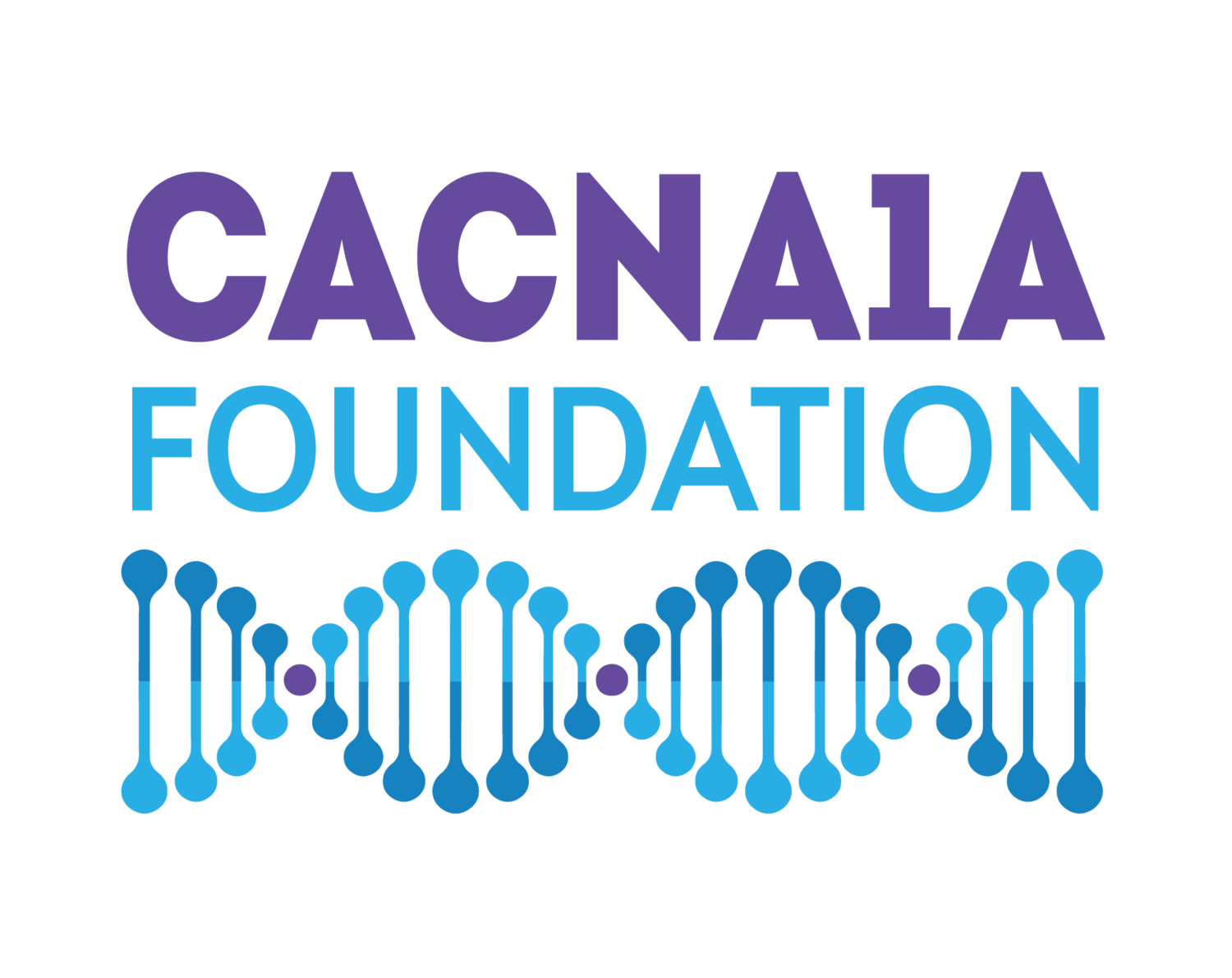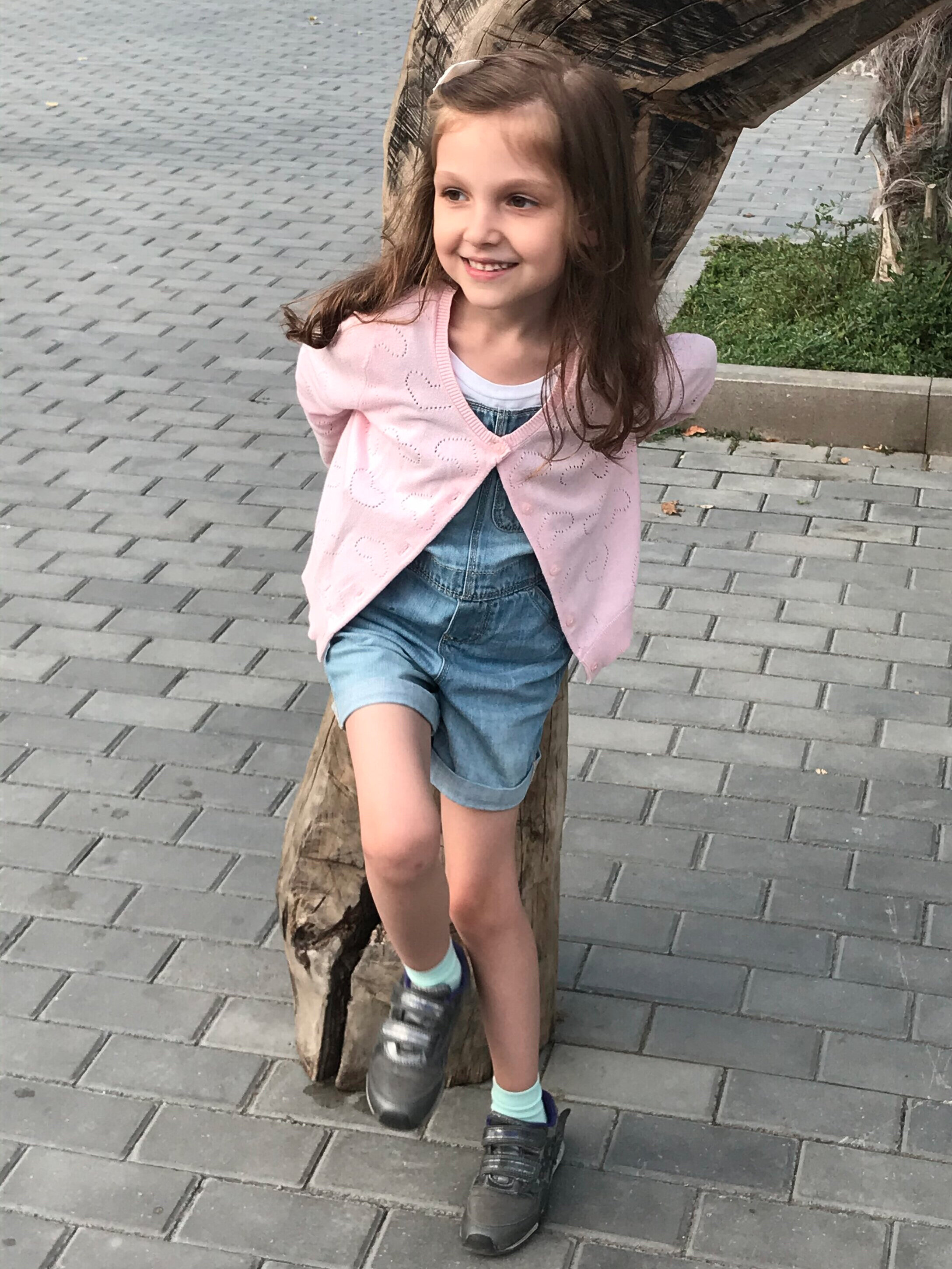Polina’s Story
Polina is a 6-year-old girl from Moscow, Russia. She is very gentle, kind and loves kisses and hugs. Polina enjoys playing with dolls, looking at books, listening to children's songs and playing with sand and water. She has an excellent musical memory with a well-developed imagination. Polina likes to look at shadows and highlights, finding images of birds and animals in them.
Variant: p.Ile108Val
History
We were thrilled to be expecting baby Polina. My pregnancy and delivery were excellent. At two months old, however, we noticed Paulina’s development was not typical as she was unable to hold her head up and was gaining weight very slowly. At 6-7 months old, when her peers were already able to sit and crawl, Polina could only rollover. She was weak and lethargic. Polina finally began to hold her head up at four months old and rolled over at six months old after a massage therapy course. She differed from her peers in her calmness and passivity.
At eight months old, our baby had three epileptic seizures in one day:
1. First, she started blinking, then her body went limp and she lost consciousness. After she woke up, we went to the hospital.
2. Next, she had a tonic-clonic attack with rolling eyes, which soon stopped.
3. A few minutes later, she had a hemiclonic seizure (sustained rhythmic jerking that rapidly involves one side of the body at seizure onset).
The electroencephalogram did not show epileptic activity, but an MRI showed hippocampal asymmetry (which later disappeared). Since these events, Polina has been taking an anticonvulsant.
Polina struggles with behavioral problems. She gets tired quickly during a walk and over excited in crowded and noisy places, so we avoid those types of environments. Additionally, noises such as planes, garbage trucks and drills are scary to her. Her speech is poorly developed, so other children do not understand her and often avoid conversations with her, which causes Polina to suffer very much. She has a terrible memory, which hinders the development of our girl. For example, she is unable to remember colors.
We are most saddened that she periodically loses her skills. One day she struggles to climb the stairs at the playground when it was easy for her a week ago. Likewise, one day she cannot put a puzzle together, although she was able to do it on her own a month ago.
Diagnoses
Epilepsy
Hypotonia
Ataxia
Possibly migraines (she can't talk about it)
Cognitive Impairment
Dysarthria
Milestones
Polina rolled over at six months, sat independently at nine months old, crawled at 13 months old, and walked at 18 months (with wide-spread legs). At three years ten months, she began speaking in two to three-word phrases. Polina is unable to run and jump and requires assistance on stairs.
Therapies
At just a few months old, Polina began massage therapy sessions for 30 minutes a day for 10 days. The massage therapy course was repeated every three months. At an early age, she also began Vojta therapy to stimulate movement (https://www.vojta.com/en/the-vojta-principle/vojta-therapy) and swimming.
Thanks to these things, Polina began to crawl and walk. At the age of two, we began working with a Speech & Language Pathologist and a special education teacher. Paulina also does physical therapy, ABA therapy and neurocorrection, which are exercises to develop interhemispheric brain interactions, in order to build neuroplasticity, increase memory function and compensate for her impairments. I think that many of her successes, including good behavior, we owe to neurocorrection. I recommend it!
The most significant achievement for Polina is that she learned to ride a bicycle!
Polina attends a regular kindergarten. Neurotypical children have a very positive influence on Polina’s development. In the future, we plan to study at an inclusive school.
For Those Newly Diagnosed
Love your special child even more as motherly love protects the child and helps him/her develop; be proud of all of your child’s achievements; be sure to take care of yourself: Get enough sleep, relax, take care of your health, get a manicure. Use the help of a psychotherapist. Your child needs a healthy and happy mother!
When we found out about the mutation, I was very scared and, for a long time, could not find information about people with CACNA1A. I am so happy that thanks to the Internet, I found The CACNA1A Foundation and got to know these children’s stories, as I realize we are not alone. I thank the creators for their idea and I really hope that in the near future doctors will be able to create a medication for our children.
Information about interhemispheric brain interactions - (https://www.ncbi.nlm.nih.gov/pmc/articles/PMC3541646/)

